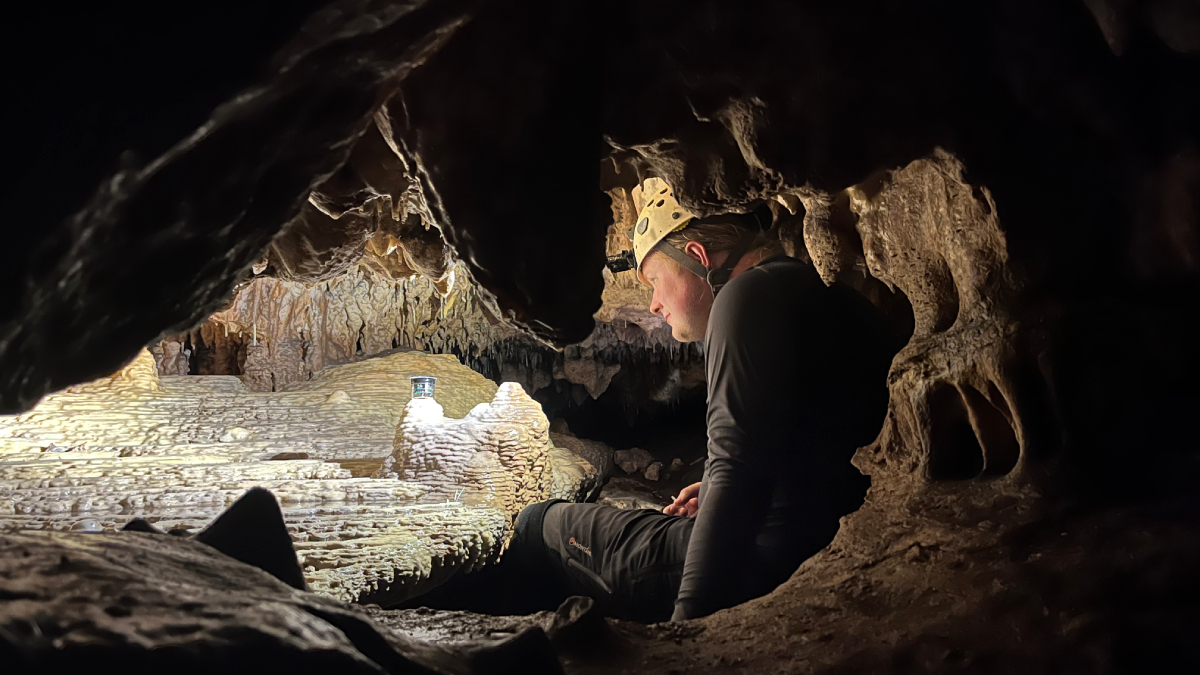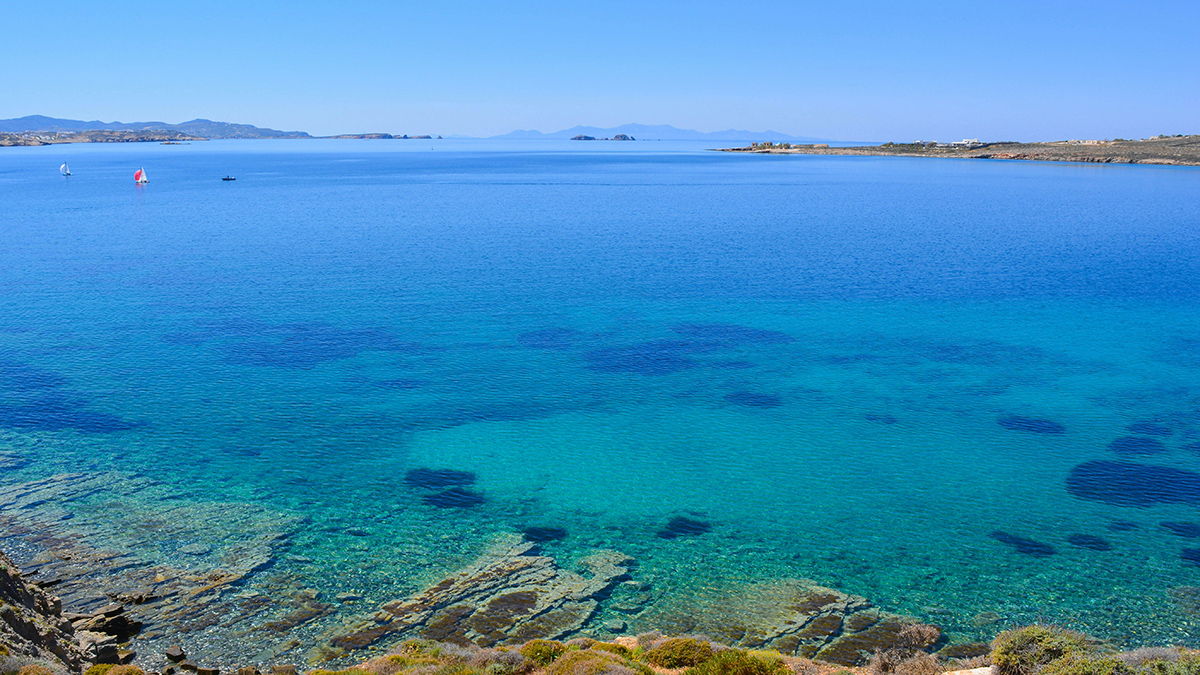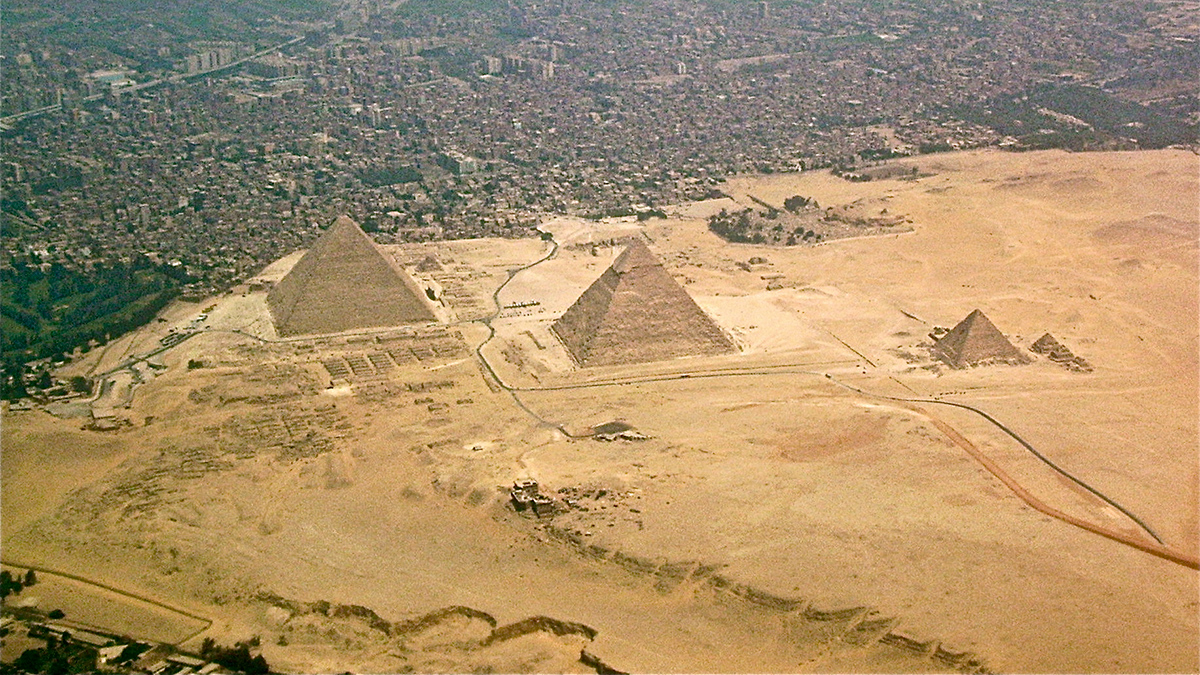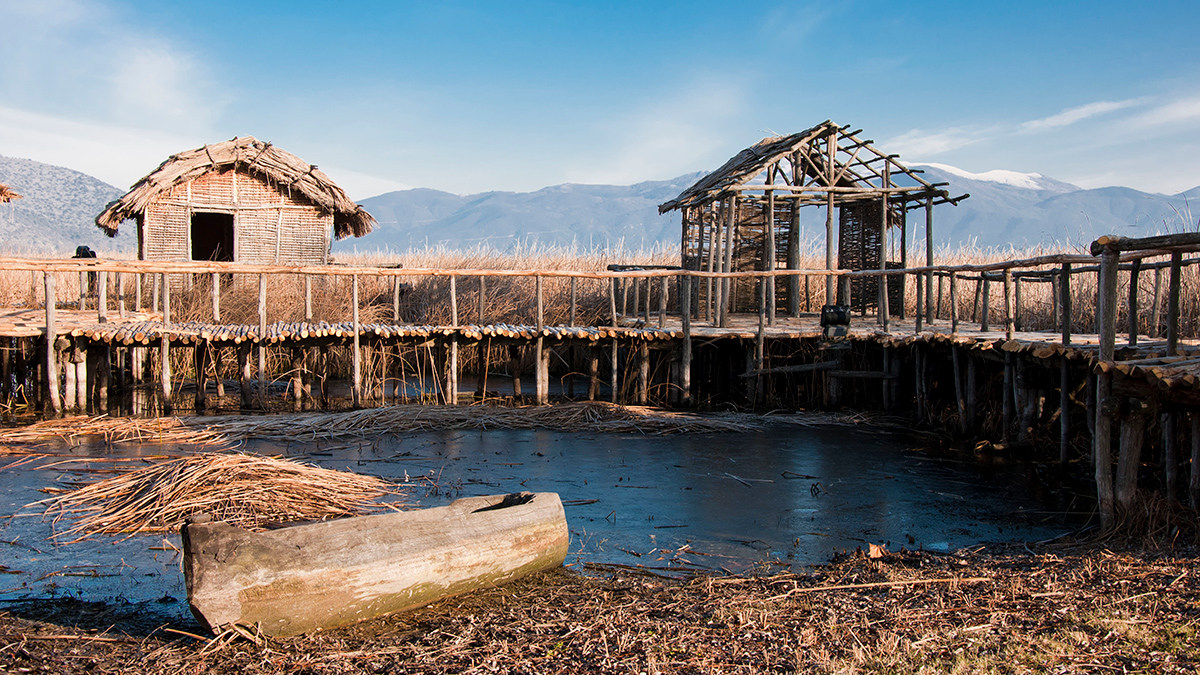Understanding how individual cities responded to climate stress will help create holistic pictures of how these societies functioned.
archaeology
Ancient Greeks and Romans Laced the Aegean with Lead
Lead pollution in and around the Aegean Sea dates back to the Bronze Age and shows a strong spike associated with Roman expansion.
O Legado Rico em Nutrientes nas Terras Pretas da Amazônia
Os solos férteis de terra preta foram criados através de séculos de uso da terra cuidadosamente administrado. Os cientistas estão colhendo referências desses solos para remover o carbono e melhorar o solo para a agricultura.
Sedimentos Caribenhos Rastreados até o Terremoto e Tsunami Português de 1755
Arqueólogos escavando na Martinica encontraram por acaso o primeiro depósito de tsunami do terremoto encontrado no Novo Mundo. Ao que parece, o tsunami deixou um forte rastro, pois a onda passou por cima de um rio.
Underwater Bridge Suggests a Surprising Date for First Migration to Mallorca
A controversial study suggests that humans settled on the Spanish island 1,000 years earlier than archaeologists believe.
Encuentran contaminación por cobre de 5,000 años de antigüedad cerca de las pirámides
Una nueva investigación geoarqueológica demuestra que la metalurgia en el antiguo Egipto provocó una importante contaminación en un puerto cercano.
5,000-Year-Old Copper Pollution Found near the Pyramids
New geoarchaeological research shows that metalworking in ancient Egypt led to significant contamination in a nearby port.
Cosmic Rays Shed Light on Stone Age Timelines
Signatures of a long-ago solar storm, recorded in tree rings, helped researchers date a 7,400-year-old settlement in northern Greece.
Stone Age Humans Chose Their Rocks with Care
Ancient humans possessed sophisticated knowledge of the properties of the stones they used to make tools.
Stone Chemistry Records Pacific Migration
Scientists used the chemistry of stone artifacts to trace human migration in the Pacific, revealing evidence of long voyages and cultural exchange.










